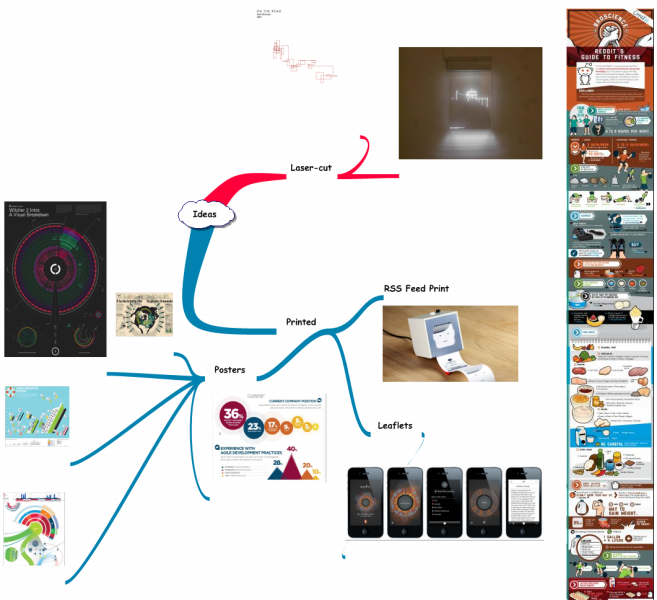Our guest lecturer gave us a talk on ECOIDS and how they are being used across Devon at the moment to capture data such as: Stretch (wind), humidity, light, water flow, etc. Each ECOIDS wirelessly relays the information back to a hub where the data is catalogued. The information can then been read in XML format through an RSS feed.
ECOIDS consist with a programmable embed circuit board which is attaced with a Xbee to wirelessly send the data to a collection hub. They are powered by solar energy and can be placed carefully in any natural environment. It provides a way for artists, scientists and engineers with a real time model of the environment to develop visualistaions, sonifications (music) and interactive projects. [1]
Our task was to put together something that would manipulate the data from these ECOIDS. So I and a class mate (Stephen Dunn) had seen a video of an LED cube on Youtube, which gave us our inspiration.
We set out getting hold of a load of LED lights and resistors. My class mate had or bought a Arduino board to be able to manipulate all the LEDs. We worked out that we needed a maximum of 45 lights; five levels of nine lights. This was because there are only 14 input/output ports on the model of Arduino board used for the project.
More to follow…
[1] http://www.i-dat.org/eco-os-workshop-ecoid-prototype/

